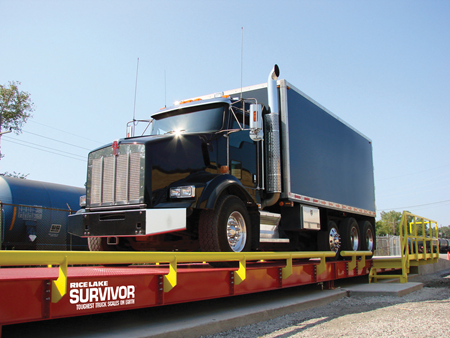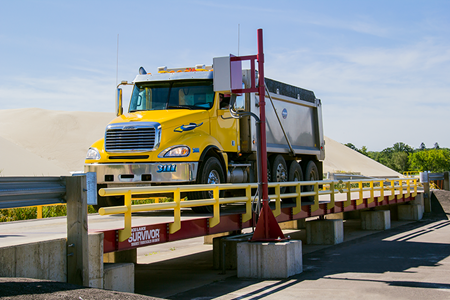Is the website displaying in the correct language? Please confirm or select a different language.
Your region has been set automatically. Please confirm or select a different region.
Truck Scale Calibration
Every vehicle scale should be calibrated and tested frequently to ensure proper performance. Accurate truck scale calibration is vitally important to any operation, especially applications requiring Legal for Trade use.
Truck Scale Calibration Process
It may be necessary to trim the load cell outputs as a first step before starting the calibration process. Trimming is performed at the junction box to equalize the weight reading from all load cells in the truck scale system. This ensures that the scale weighs correctly regardless of where the load is applied to the scale. Load cell trimming and calibration should always be performed by licensed technicians.
There are also multiple systems on the market to trim and calibrate a truck scale through a digital interface. Discuss each manufacturer’s calibration systems with your scale supplier to determine the best system for your application.
Calibration (analog systems)
Every vehicle scale should be calibrated and tested frequently to ensure proper performance. Accurate truck scale calibration is vitally important to any operation, especially applications requiring Legal for Trade use.
A truck scale should be calibrated and tested by a state-licensed service agency using no less than 12.5 percent of the scale’s nominal capacity, or 25,000 pounds of certified test weights. The scale’s calibration interval is determined by the frequency of use, individual application requirements, and federal, state and local guidelines. Each section of the scale should be tested and detailed test reports should be provided to the customer and government authorities.



 My Account
My Account

